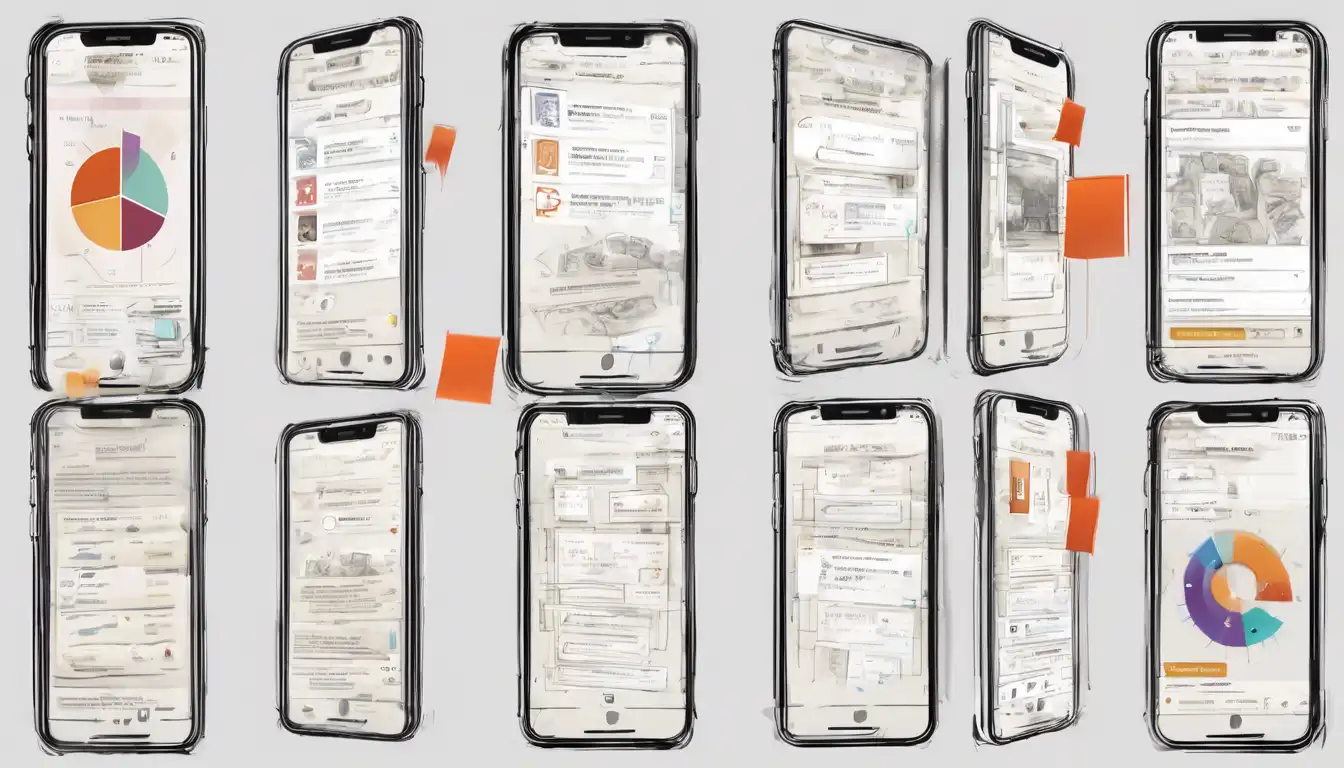Introduction to Mobile App Success
In today's digital age, building a successful mobile app requires more than just a great idea. It involves meticulous planning, understanding your audience, and implementing strategies that enhance user engagement and retention. This guide will walk you through the essential steps to create a mobile app that stands out in the competitive app market.
Understanding Your Target Audience
Before diving into development, it's crucial to identify and understand your target audience. Conduct market research to gather insights into their preferences, behaviors, and the problems they face that your app can solve. This foundational step ensures your app meets real user needs, increasing its chances of success.
Designing with User Experience in Mind
A seamless and intuitive user interface (UI) and user experience (UX) design are paramount. Your app should be easy to navigate, with a clean layout and fast loading times. Consider hiring a professional designer to create a visually appealing and functional design that enhances user satisfaction.
Choosing the Right Development Approach
Decide whether to develop a native, hybrid, or web app based on your target audience and budget. Native apps offer the best performance and user experience but require separate development for iOS and Android. Hybrid and web apps can be more cost-effective but may compromise on speed and functionality.
Implementing Robust Testing Protocols
Testing is a critical phase in app development. Conduct thorough testing across different devices and operating systems to identify and fix bugs. Beta testing with real users can provide valuable feedback to refine your app before launch.
Launching Your App with a Bang
A successful launch strategy is essential to gain initial traction. Utilize social media, email marketing, and press releases to create buzz around your app. Consider offering promotional deals or exclusive content to early adopters to encourage downloads.
Optimizing for App Store SEO
To improve your app's visibility in app stores, optimize its title, description, and keywords. Use relevant keywords naturally and include high-quality screenshots and videos to showcase your app's features. Encouraging positive reviews and ratings can also boost your app's ranking.
Engaging and Retaining Users
User engagement doesn't end at download. Implement features like push notifications, in-app messages, and regular updates to keep users engaged. Analyze user behavior data to continuously improve your app and address any issues promptly.
Monetizing Your App Effectively
There are several monetization strategies to consider, including in-app purchases, subscriptions, and ads. Choose a model that aligns with your app's purpose and user expectations to ensure a steady revenue stream without compromising user experience.
Conclusion
Building a successful mobile app is a complex but rewarding process. By following these steps—understanding your audience, focusing on design and user experience, choosing the right development approach, and implementing effective launch and monetization strategies—you can increase your app's chances of success in the competitive app market.
